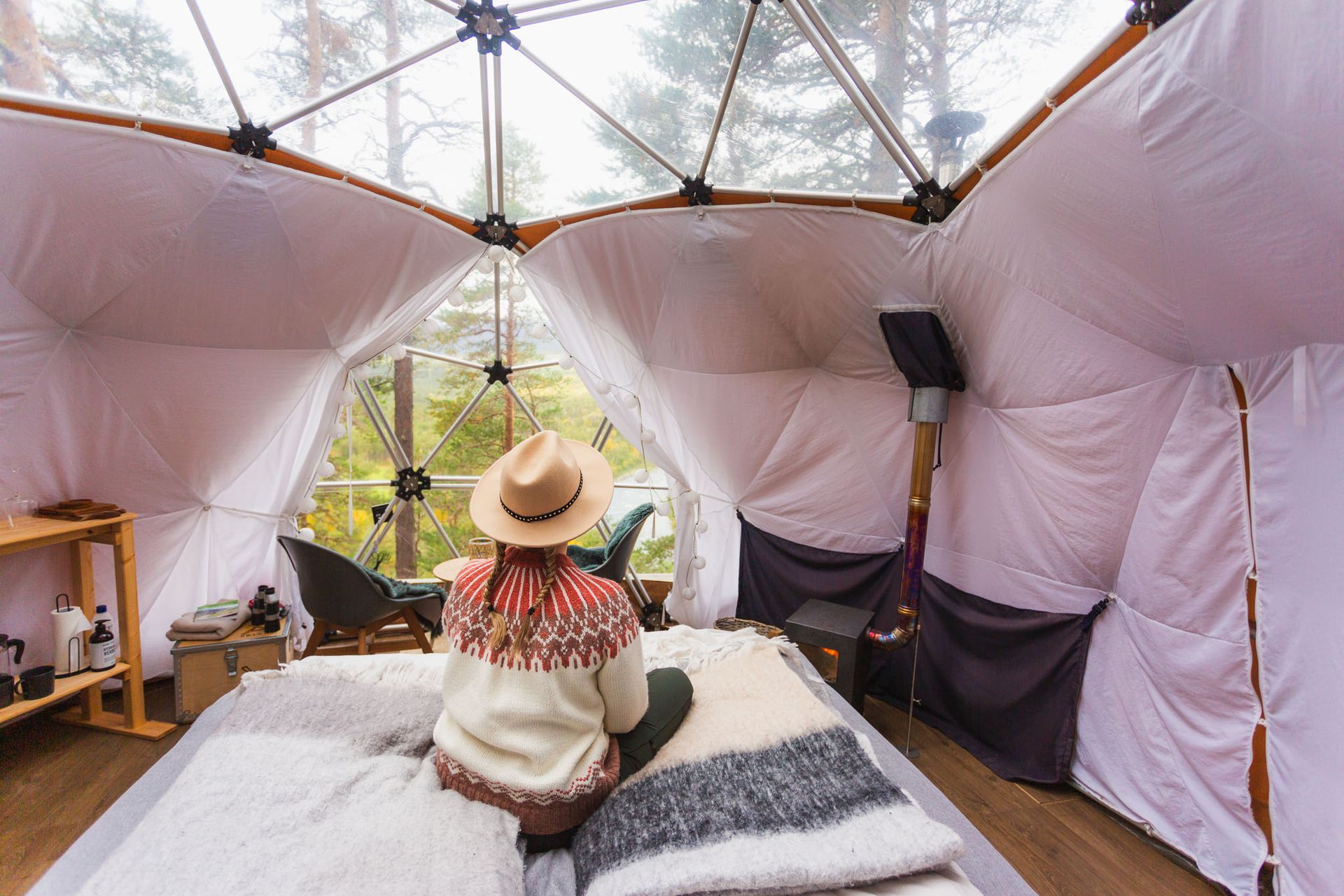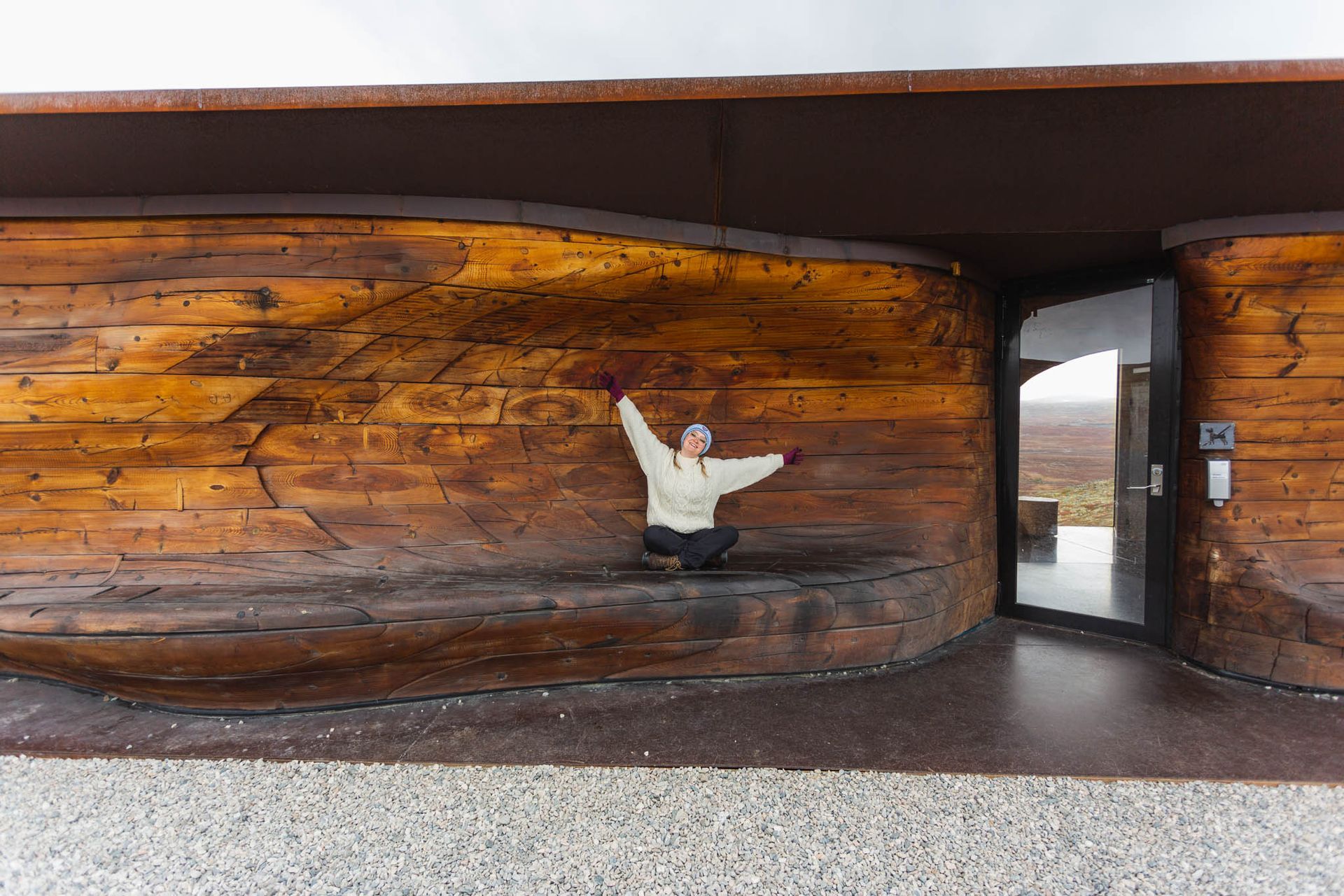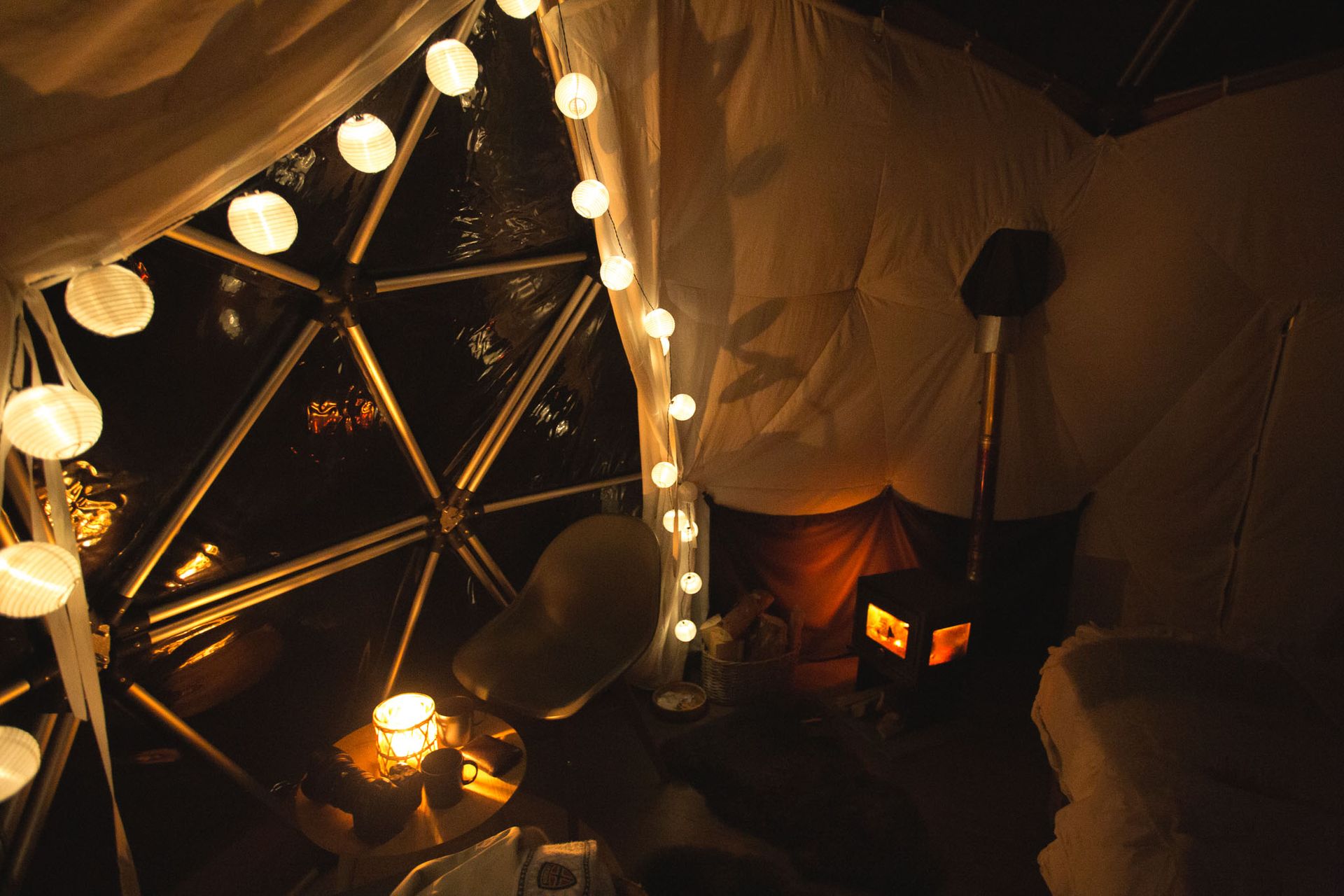Origins and meaning of Hygge
The term "Hygge" (pronounced "huu-geu") has its roots in Old Norse, where it meant something like "to protect" or "to comfort". Although the concept is deeply rooted in Danish culture, its principles are universal and very much present in Scandinavian culture. Hygge can be described as an atmosphere of comfort, conviviality and well-being, often associated with simple moments spent in good company or even alone. It's a way of valuing life's little joys and creating spaces where we feel safe and happy.

The principles of Hygge
Hygge is based on a few key principles that make it a unique and accessible practice :
- Softness and comfort : hyggelige environments are cosy and welcoming. This can include elements such as candles, soft blankets and subdued lighting.
- Presence and simplicity : Living in the moment is essential. Hygge invites you to slow down, disconnect from digital distractions and appreciate life's simple moments.
- Social connection and sharing : Sharing moments with loved ones is fundamental. Whether it's dinner with friends, an evening of board games or simply a deep conversation: these moments of connection are precious !
- Kindness and gratitude : Adopting a positive and grateful attitude towards the little things in everyday life helps to cultivate a hyggelig state of mind.

Hygge in everyday life
Applying Hygge to everyday life can transform the way we live. Here are some ideas for incorporating this philosophy into different aspects of life:
- At home : Create a cosy space by adding items such as cushions, plaids and scented candles. Think warm, natural colours for the decor.
- In the kitchen : Prepare comforting dishes that bring happiness, like homemade soup or pastries. Sharing a home-cooked meal with friends or family is a typically hyggelig moment !
- Daily rituals : Incorporate moments of calm and relaxation into your routine, such as reading a book with a cup of tea or taking a hot bath.
- Time with others : Organise evenings where the emphasis is on conviviality, such as simple dinners, nature walks or film evenings.

The benefits of Hygge
Adopting Hygge can have profoundly positive effects on mental and physical well-being. Among the many benefits are :
- Stress reduction : By encouraging moments of calm and relaxation, Hygge helps to reduce stress and anxiety.
- Improving relationships : Hyggelige activities strengthen social ties and promote better communication and understanding between individuals.
- Increased well-being : Learning to appreciate the little things in everyday life can increase your sense of well-being and general happiness.
- Balanced lifestyle : Hygge encourages a balance between work and personal life and emphasises the importance of rest and recuperation.

Hygge is more than just a word : it's a philosophy of life that invites us to find beauty in simplicity and to cherish everyday moments of happiness. By adopting this mindset, we can not only enrich our own lives, but also inspire those around us to seek the same peace and contentment. So why not light a candle, put on some comfy socks, and embrace Hygge today ?